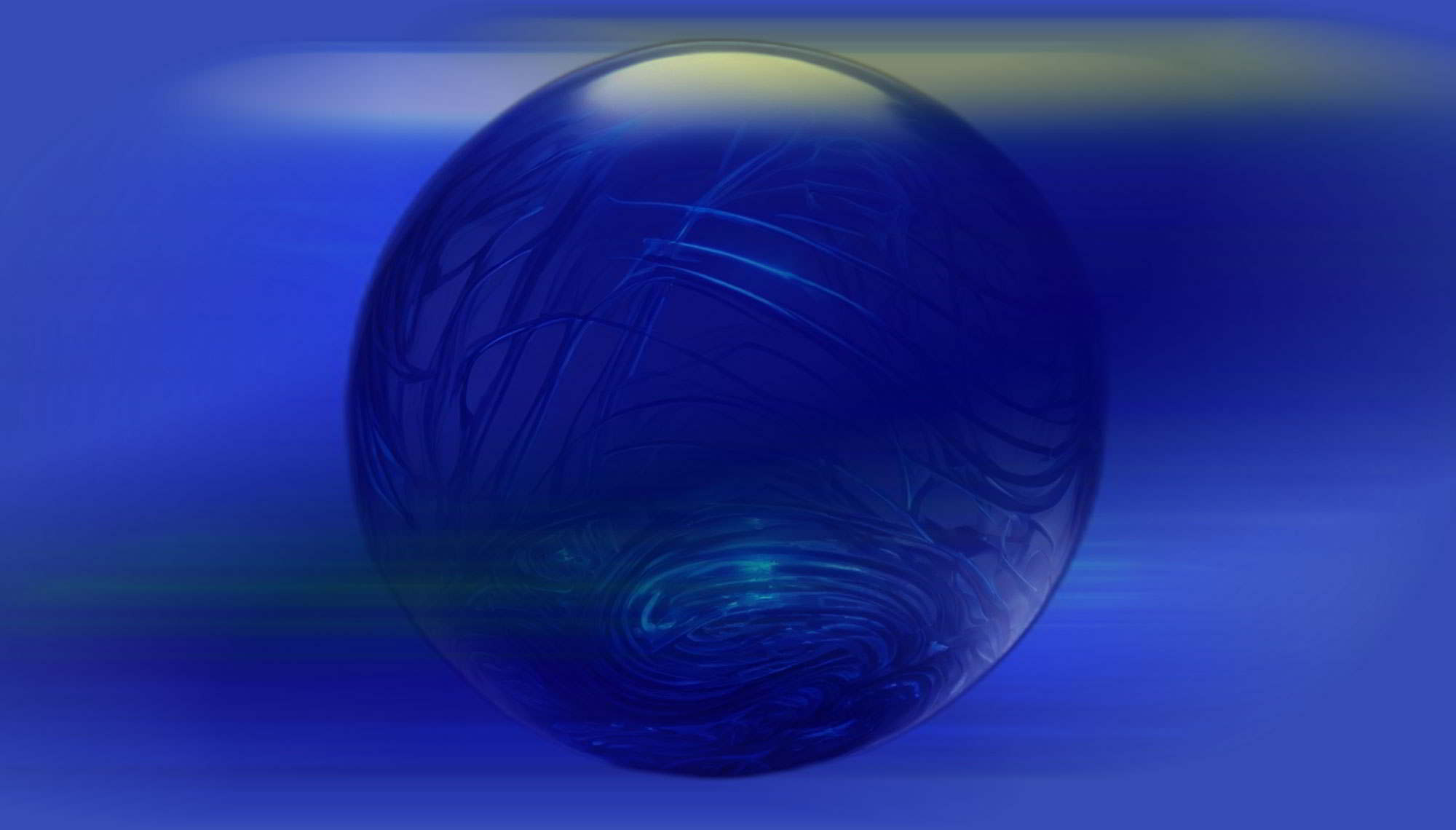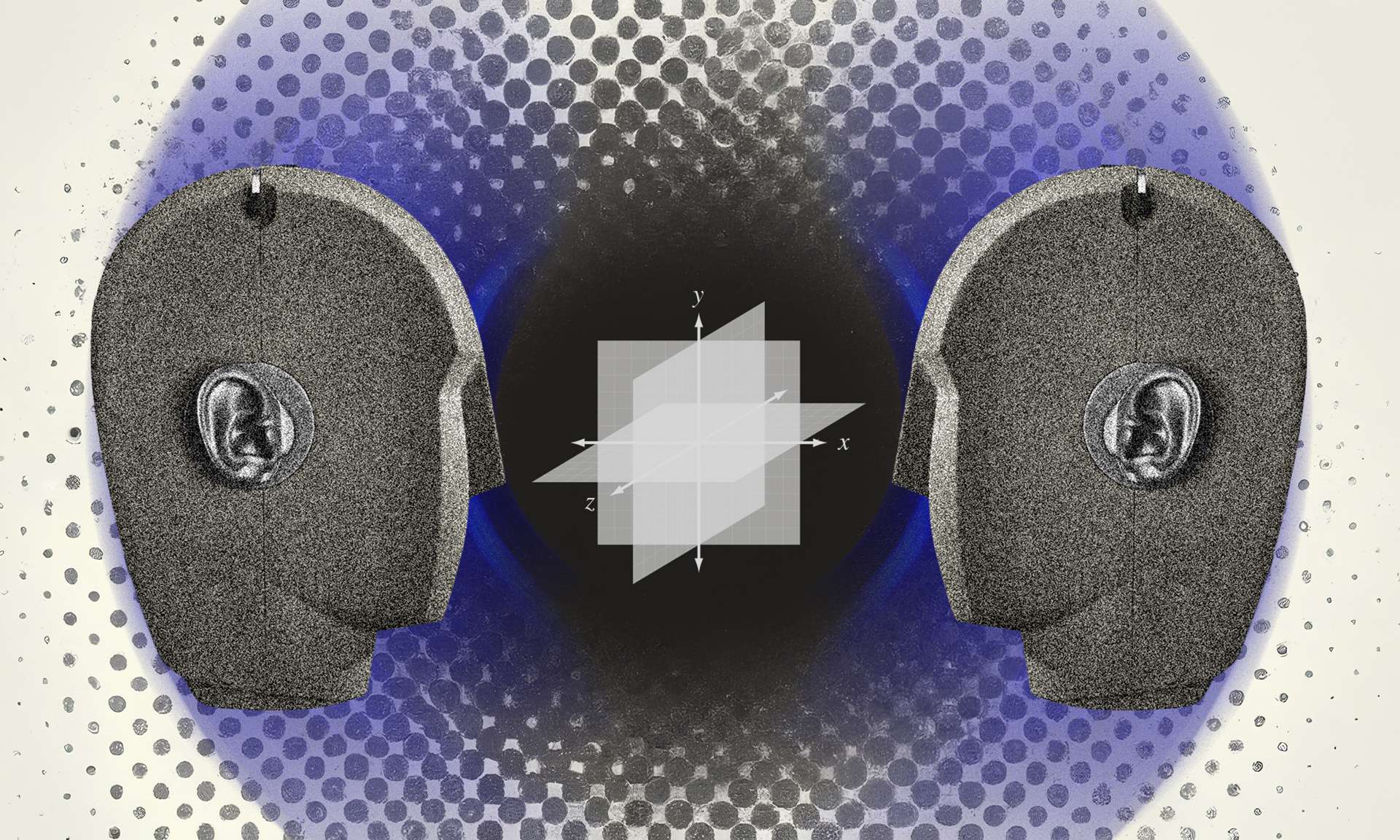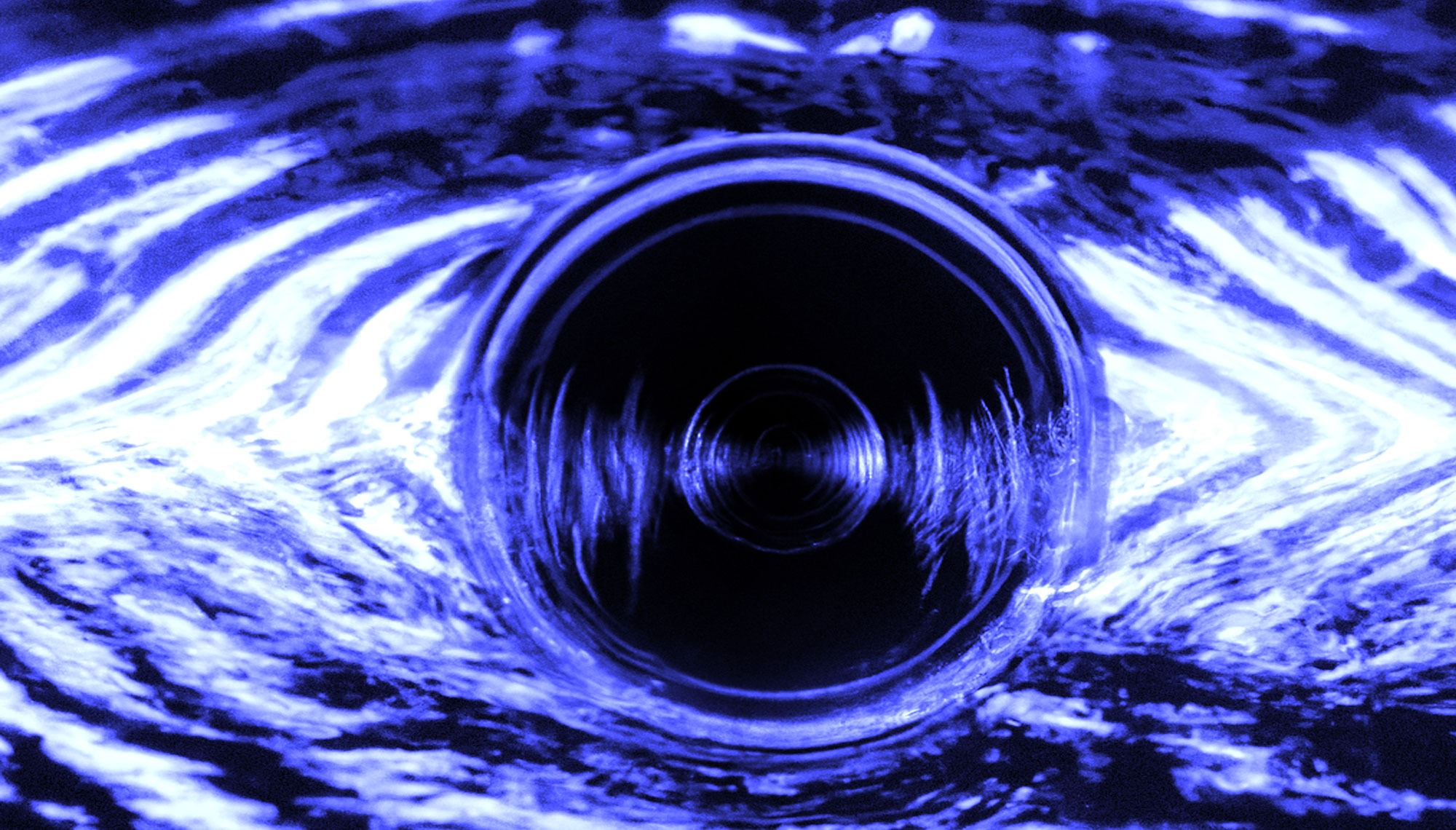Within the burgeoning landscape of immersive audio production, spatial audio plugins serve as indispensable tools, shaping auditory experiences. Here’s an overview of the various categories and functionalities of these plugins, shedding light on their roles.
Spatial Audio Encoders|Decoders
A spatial audio encoder (or decoder) is a technique used to compress and transmit audio signals while retaining spatial information for immersive audio playback. Its primary aim is to efficiently encode spatial audio content and deliver it to playback devices, providing listeners with a realistic and immersive sound environment.
The spatial audio encoder employs advanced algorithms and signal processing techniques to analyze audio signals and extract spatial characteristics such as sound direction, distance, and room reverberation. By encoding this spatial information alongside the audio content, it facilitates the recreation of a three-dimensional sound field during playback.
The overarching goal of spatial audio coding is to achieve high audio quality and immersive sound reproduction while minimizing the data bandwidth required for transmission or storage. This is accomplished through the utilization of perceptual audio coding principles, psychoacoustic models, and spatial audio playback algorithms.
Efficiently encoded spatial audio data can be transmitted through various communication channels, such as the Internet, wireless networks, or broadcast systems. On the playback side, spatial audio encoding is typically decoded by specialized audio decoders or processed by compatible audio playback devices. These decoders utilize the encoded spatial information to recreate the original spatial audio scene, providing users with an immersive and realistic listening experience.
The distinction between an encoder and a decoder
An encoder is responsible for compressing and transmitting audio signals, preserving spatial information. Raw audio and metadata are needed that describe the position and operation of microphone and speaker arrays, applying encoding matrices to the audio signals.
On the other hand, a decoder takes the encoded audio signals and spatial information, reconstructing the original audio for playback. The decoder converts the encoded parameter representation into an audio signal that can be represented in different spatial configurations, such as stereo, surround, or binaural, depending on the listener’s preferences. preference.
In short, the encoder prepares the audio for transmission or storage by preserving spatial information, while the decoder reconstructs the original spatial audio for playback or rendering.
Some Examples:
- Binauralizer Studio by Noisemakers is a spatial audio encoder, specifically designed to convert surround tracks (up to 22.2) to binaural 3D audio. It conserves all spatial information, allowing for the recreation of a three-dimensional sound field during playback.
- IEM suite The Institute of Electronic Music and Acoustics (IEM) provides a suite of Ambisonics plugins, including StereoEncoder for encoding mono/stereo audio, ProbeDecoder for testing, RoomEncoder for intricate virtual room reverberation, and GranularEncoder for Ambisonic granular synthesis.
- Spat Revolution produced by FLUX:: is a real-time 3D audio mixing engine that allows you to control the position of audio sources in a 3D space, add room effects and send the result to a speaker setup or a pair of headphones.
- Dolby Atmos Renderer this software allows content creators to mix and encode audio in the Dolby Atmos spatial format. It provides tools for positioning and moving sounds in three dimensions around the listener, expanding the range of possibilities and providing greater precision, space, and freedom to create mixes. The Dolby Atmos Renderer integrates with digital audio workstation (DAW) workflows and supports a wide range of speaker and headphone configurations.



